On my way to where the air is sweet.
Can you tell me how to get, how to get to Sesame Street?”
Those famous lyrics remind us of the iconic kids' TV show tune, bringing back images of Big Bird, Elmo, and their furry friends. Such happy childhood memories are about to change, however, as a new Melissa McCarthy movie makes associations we don't expect from Muppets: sex, drugs, and violence.
Coming to theaters August 17, Happytime Murders looks like a cross between The Muppets Take Manhattan and Pulp Fiction. The premise of the movie, which features both humans and puppets, is that the cuddly creatures we adore on TV, lead “depraved, brutal lives” when off-camera. More specifically, McCarthy plays a detective who partners with a puppet to investigate gruesome puppet murders.
Homicide, however, is only one of the evils. The Happytime puppets are adept at a variety of vile acts. In the movie trailer alone, the puppets use extreme profanity, do hardcore drugs, and commit explicit sexual acts that might give an adult porn star pause. For instance, “A puppet in a spiked collar, vaguely resembling an emaciated Fozzie Bear, offers to perform oral sex for 50 cents on the movie’s star, Melissa McCarthy.”
Given the level of vulgarity, could there really be a connection between sweet Sesame Street and hard-boiled Happytime Murders? Yes and no. The Jim Henson Company, firm of Muppet fame, coproduced the movie with STX Entertainment, and Brian Henson, son of the legendary Muppet creator Jim Henson, directed the film.
However, in 2001, the Jim Henson Company sold the Sesame Street character rights to the Sesame Workshop (formerly the Children’s Television Workshop). The organization’s website explains: “Today, The Jim Henson Company provides the characters used on Sesame Street but the characters themselves are owned and run by Sesame Workshop.”
So, Sesame Street has no ownership of the movie, but it shares a unique puppet heritage that leads many people to conflate anything involving Henson puppets with Sesame Street. Happytime Murders further muddles matters by using the tagline “No Sesame. All Street.” For these reasons, Sesame Workshop believes the purity and innocence of the Sesame Street brand is at risk, which has led the organization to take legal action.
On May 24, Sesame Workshop sued STX Entertainment in federal court for unspecified damages, claiming the movie dilutes and defiles its Muppets’ reputations, causing Sesame Street “irreparable harm.” Sesame Workshop president Jeffrey Dunn also wrote a letter to the Jim Henson Co. asking why his organization was not consulted about the project, calling the movie trailer “practically pornographic.”
Lisa Henson, daughter of Jim, apologized to Dunn, claiming that she and brother Brian prevented STX from making the movie’s characters resemble other Muppets, but they couldn’t stop the firm from promoting the film as it wanted.
STX, was more resolute in its own defense, arguing that no one could reasonably confuse its adult-oriented characters with those of Sesame Street. Furthermore, STX lawyer David Halberstadter “reminded the humans behind Sesame Street that they have a long history of parodying other people’s intellectual property, including ‘Twin Beaks,’ ‘A’s Anatomy,’ and ‘Orange is the New Snack.’”
Happytime Murders is rated ‘R,’ which means only those 18 and older can see the film, unless they are accompanied by a parent or adult guardian. Unfortunately, however, some adults have no qualms about taking kids to R-rated movies. Given the film’s promotional reference to Sesame Street and the fact that most of the movie’s actors are puppets, such adult indiscretion is likely to increase.
Children are naturally drawn to colorful and creative characters, which is a main reason for the great success of kids' shows ranging from Barney to Teletubbies. Meanwhile, marketers of products intended for adults have at times been told to stop using cartoonish characters, such as R.J. Reynold’s Joe Camel, because they make harmful things like cigarettes more appealing to children.
Kid-appeal is certainly a key concern for Happytime Murders, but it’s only one of the picture’s problems. Should any adult see a film, let alone a comedy, full of so much gratuitous violence, sex, and profanity? Historical accuracy and artistic integrity make compelling cases for strong language in Saving Private Ryan and graphic violence in Schindler’s List, but what’s the redeeming value of seeing puppets snort drugs through licorice straws, witnessing their heads blown off by shotgun blasts, or watching one Muppet ejaculate all over a conference room?
Maybe it’s ‘entertainment,’ but at what social cost? At a time when our nation faces serious problems related to school shootings, opioid overdoses, and the hookup culture, Happytime Murders makes light of gun violence, illegal drug use, and casual sex. According to the film’s producers, they’re all a joke.
The Jim Henson Company has a rich history of educating and entertaining children. Melissa McCarthy is a talented actress and comedian. It’s sad to see those brands besmirched. Unfortunately, Happytime Murders scrapes the bottom of the barrel of moral decency. The movie may become a box office hit, but its only award will be for “Single-Minded Marketing.”
Learn more about the Mindful Matrix and Mindful Meter.
Check out Mindful Marketing Ads and Vote your Mind!


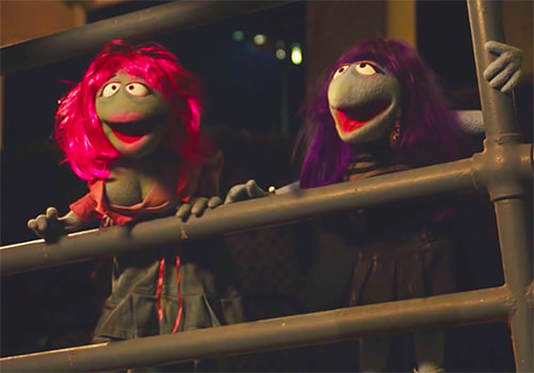
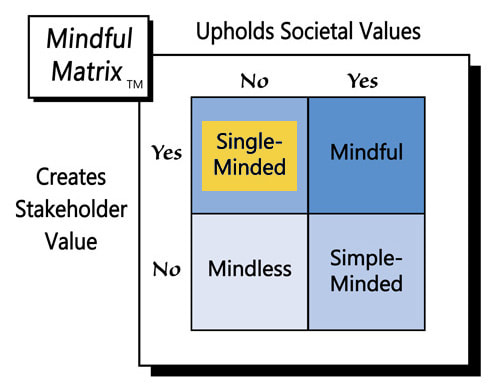


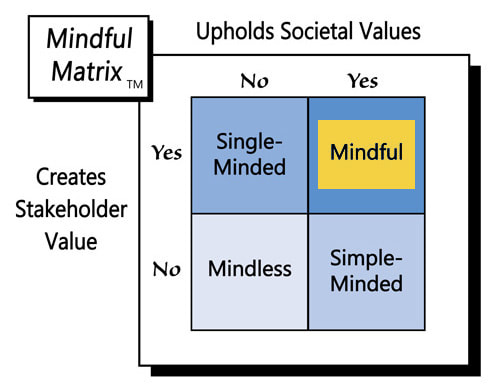
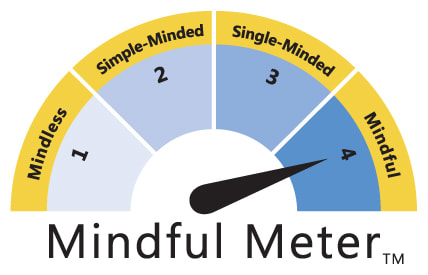
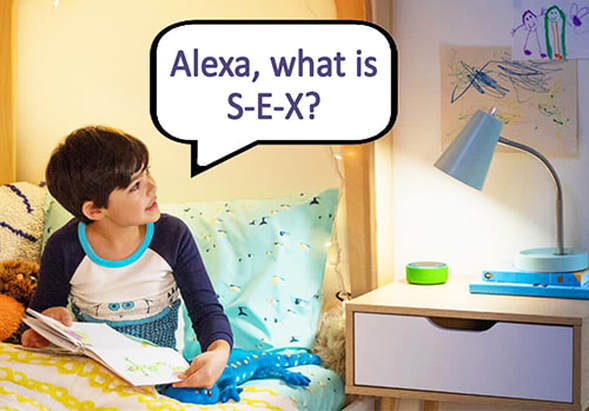
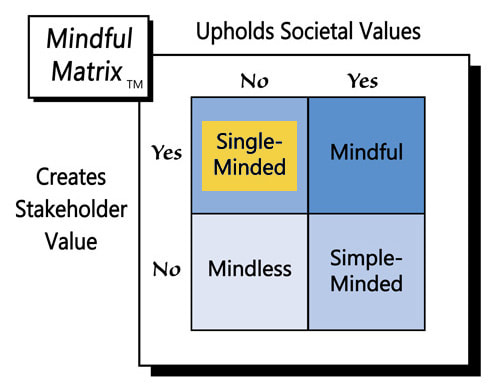

 RSS Feed
RSS Feed